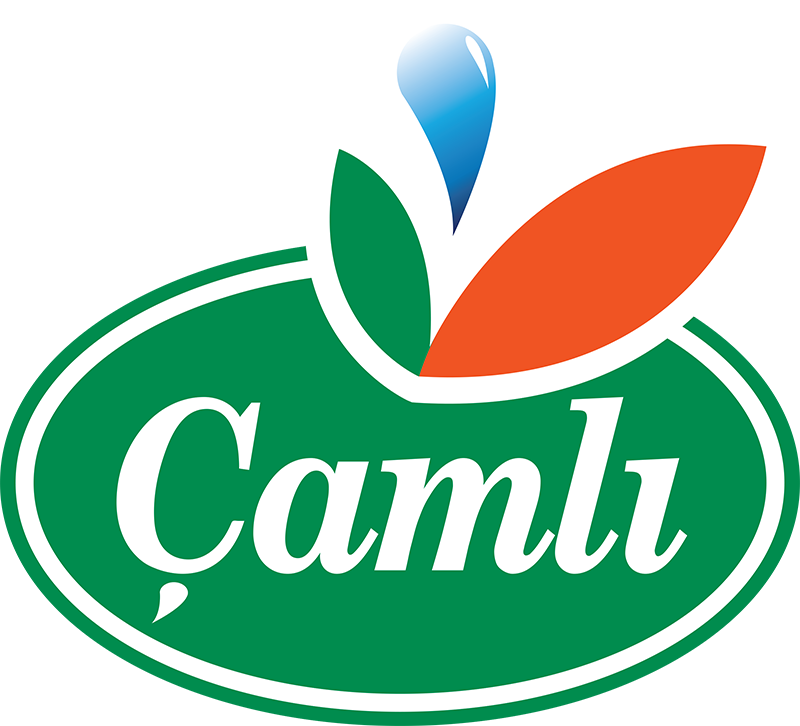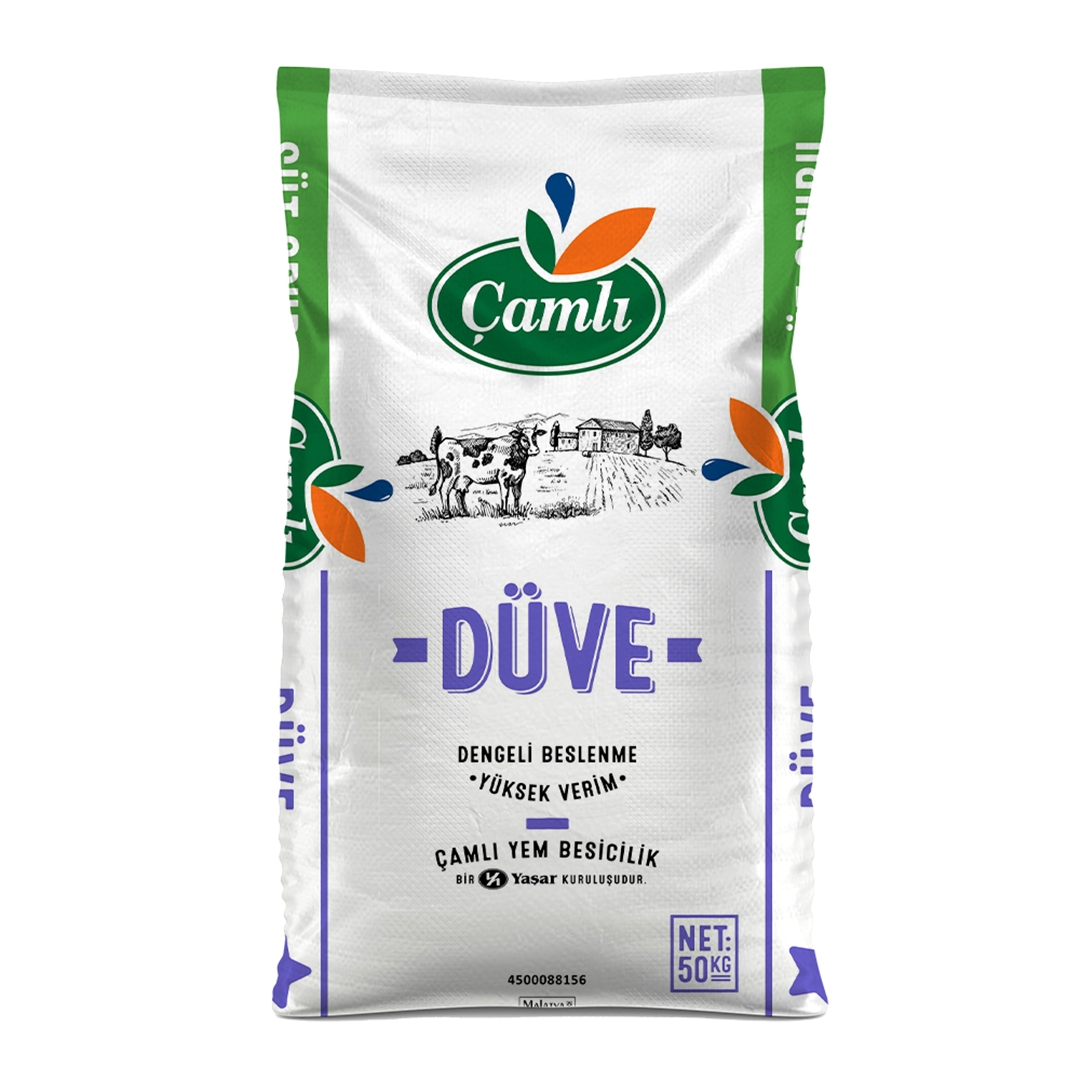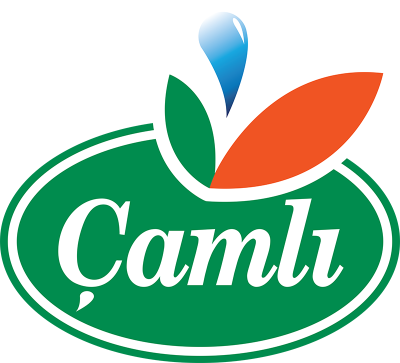Features
- Improves growth performance thanks to highly digestible raw materials in its content.
- Increases the rate of showing estrus and conception.
- Supports the development of mammary glands.
- Helps prepare the heifer optimally for calving.
- Contributes to reducing the incidence of difficult births.
Important Information
The main goal in feeding our heifers should be to achieve the desired live weight at the appropriate time and to breed the animal at low cost. It is beneficial to house heifers of the same age group together in a way that does not cause competition. For each 100 kg of live weight per animal, 1 m² of dry bedding area and sufficient walking space should be provided. In free-access feeding systems, a feeding space of 30–40 cm per animal is sufficient
- A daily live weight gain of 750–800 g should be targeted, and height growth should be continuously monitored. Excessive live weight gain is undesirable, as it leads to an increase in non-functional fat tissue in the udder. Overfeeding should especially be avoided after pregnancy is achieved.
- Heifers begin to show heat when they reach 45–50% of their mature live weight (at 10–12 months of age). However, these ages are too early for breeding.
- Heifers should be bred when they reach 70% of their mature live weight (at 14–16 months / 130 cm withers height).
- In heifers bred before 14 months of age or before reaching the required withers height, egg quality will be lower, and if pregnancy occurs, their first-lactation milk yield will remain low.
- For a smooth calving, the target is 23–25 months of age and a live weight of 600–650 kg.
- It is important to use high-quality roughage in rations.
- Energy-rich roughage such as corn silage should be provided with care, and excessive consumption should be avoided.
- Heifers should have access to clean drinking water and feed at all times.



